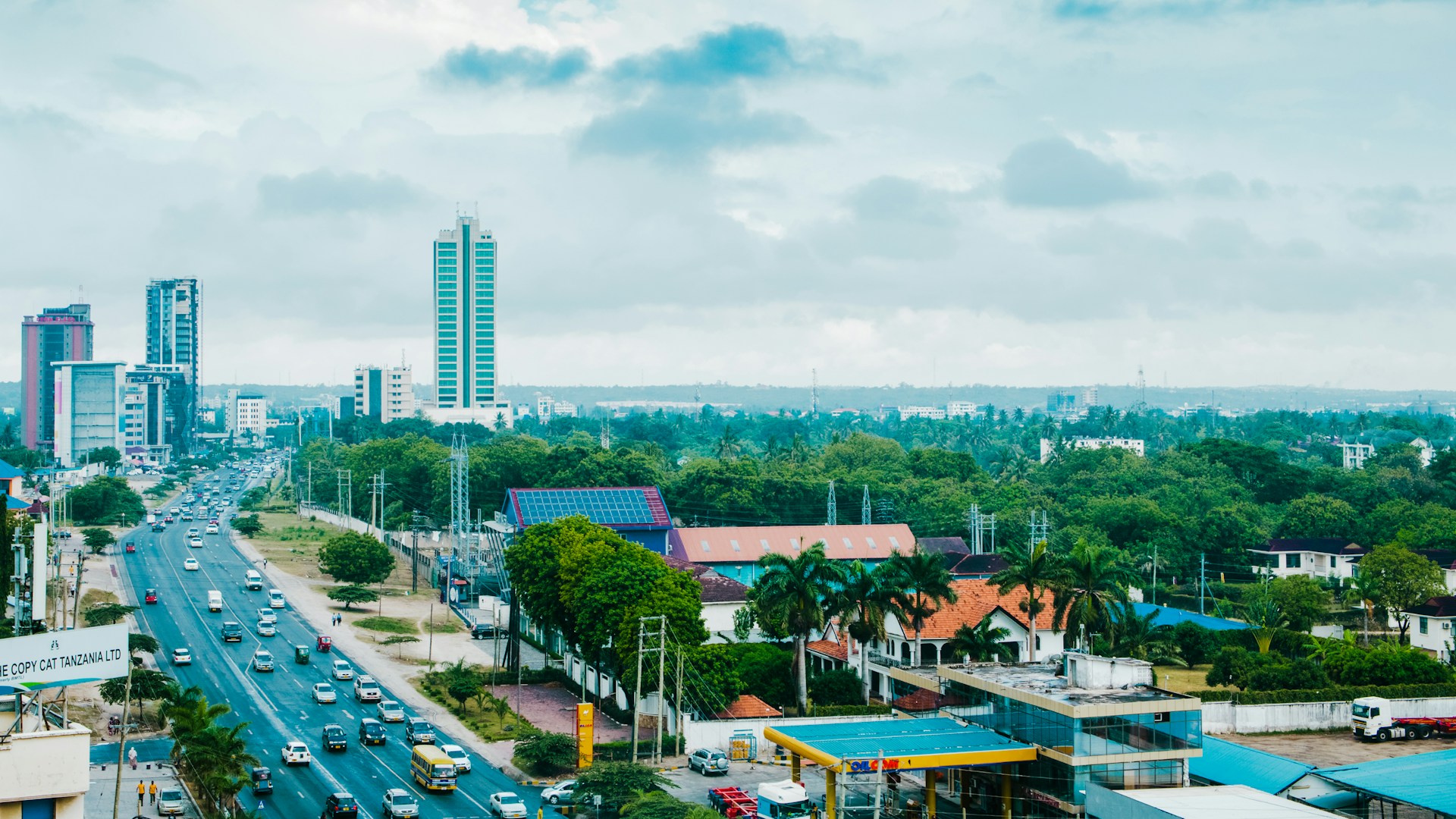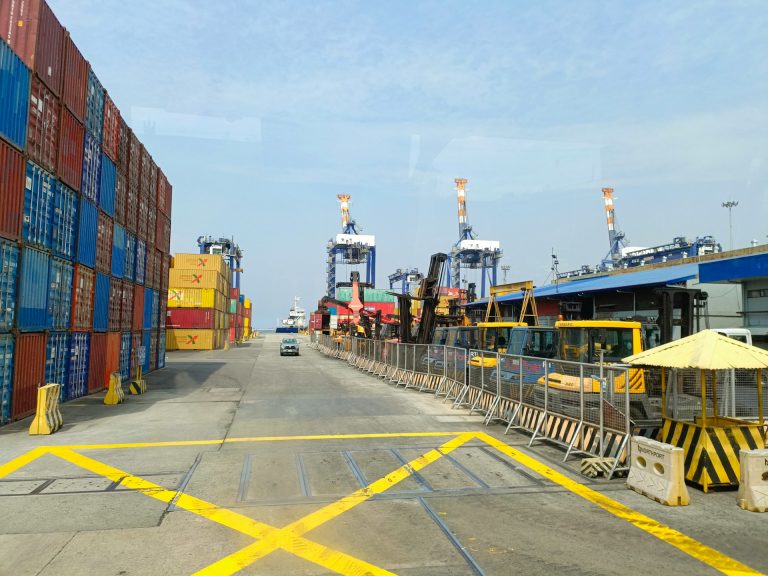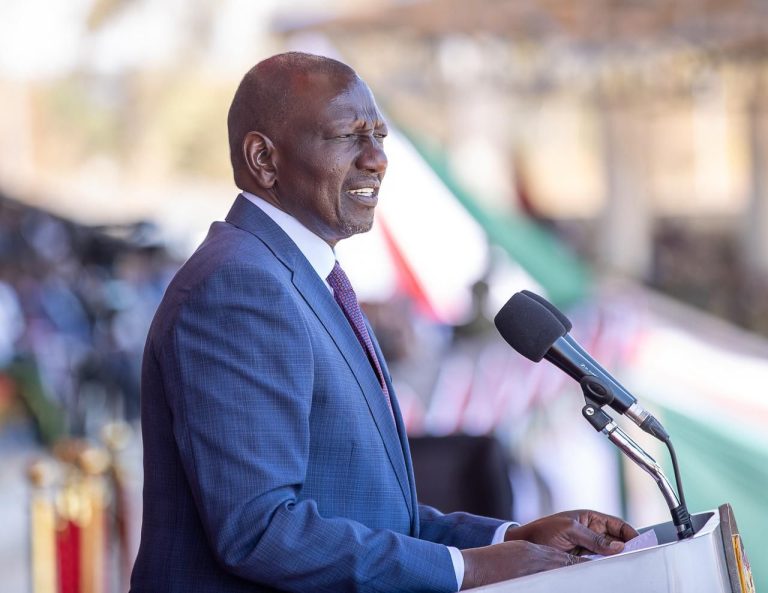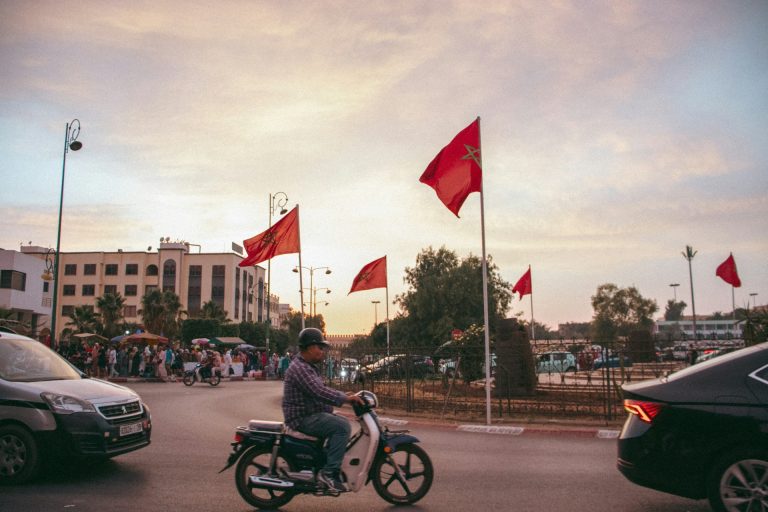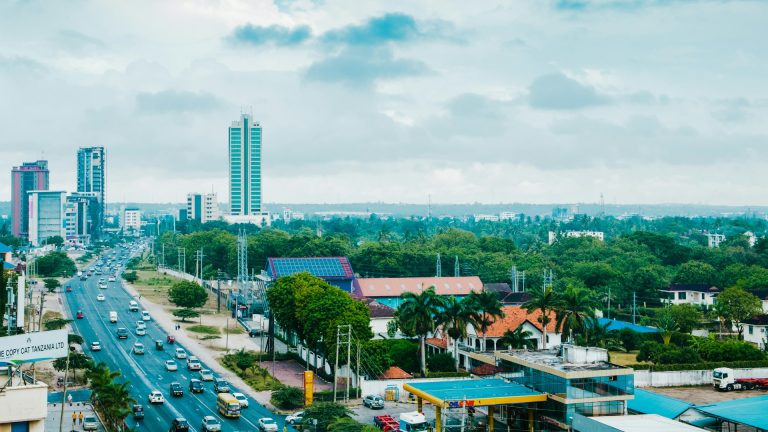- Domestic debt surges 5% in August amid higher bond issuances
- External debt tops $35bn, driven by multilateral financing and operational loans
DAR ES SALAAM, TANZANIA – Tanzania’s total public debt climbed to $50.46 billion at the end of August 2025, marking a 2.8% monthly increase as the government stepped up borrowing to fund major infrastructure projects.
According to the Bank of Tanzania’s (BoT) monthly economic performance report, external debt accounted for 70.1% of the total, while domestic debt made up 29.9%.
“The stock of external debt, comprising both public and private obligations, increased by 0.6% from the level at the end of July 2025, reaching $35.39 billion,” the bank said. “Of this amount, 80.8% was public debt, while the remainder was private sector debt.”
The BoT noted that the government received $92 million in new loan disbursements during the month, mostly to meet operational needs. External debt service payments totalled $85.6 million, of which $52.6 million went to interest obligations.
Domestic borrowing accelerates
The country’s domestic debt rose faster than external borrowing, posting a 5% monthly increase to reach 37.13 trillion Tanzanian shillings (about $15.13 billion). The jump was mainly driven by higher government bond sales.
Authorities borrowed 1.64 trillion shillings (about $669.6 million) from domestic markets during the month to bridge budget shortfalls. Of this, 1.48 trillion shillings ($603.4 million) came from bonds, while 163.5 billion shillings ($66.6 million) came from treasury bills.
Multilateral lenders continue to dominate Tanzania’s external debt profile, accounting for 56.9% of the total. The composition of disbursements “remained broadly unchanged” from the previous month, the bank said, with Balance of Payment and budget support taking the largest share.
Growth holds steady despite rising obligations
Despite the heavier borrowing, Tanzania’s economy continues to expand, bolstered by robust infrastructure spending and preparations for co-hosting the Africa Cup of Nations in 2027. Growth accelerated from 5.4% in the first quarter to 6.3% in the second, and the BoT projects a 6% annual average by year-end.
The private sector also gained momentum, with credit to businesses rising 16.2%, up from 15.9% in July. Agriculture led the growth at 30.1%, followed by trade (29.2%) and transport and communication (18.8%).
Meanwhile, the central bank’s foreign exchange reserves rose 18.9% year-on-year to $6.39 billion, enough to cover more than five months of projected imports, underscoring the country’s stable external position even amid growing fiscal pressures.
Tanzania’s rising debt underscores the delicate balance facing emerging African economies — sustaining growth through infrastructure investment while managing repayment risks in an uncertain global financial environment.
